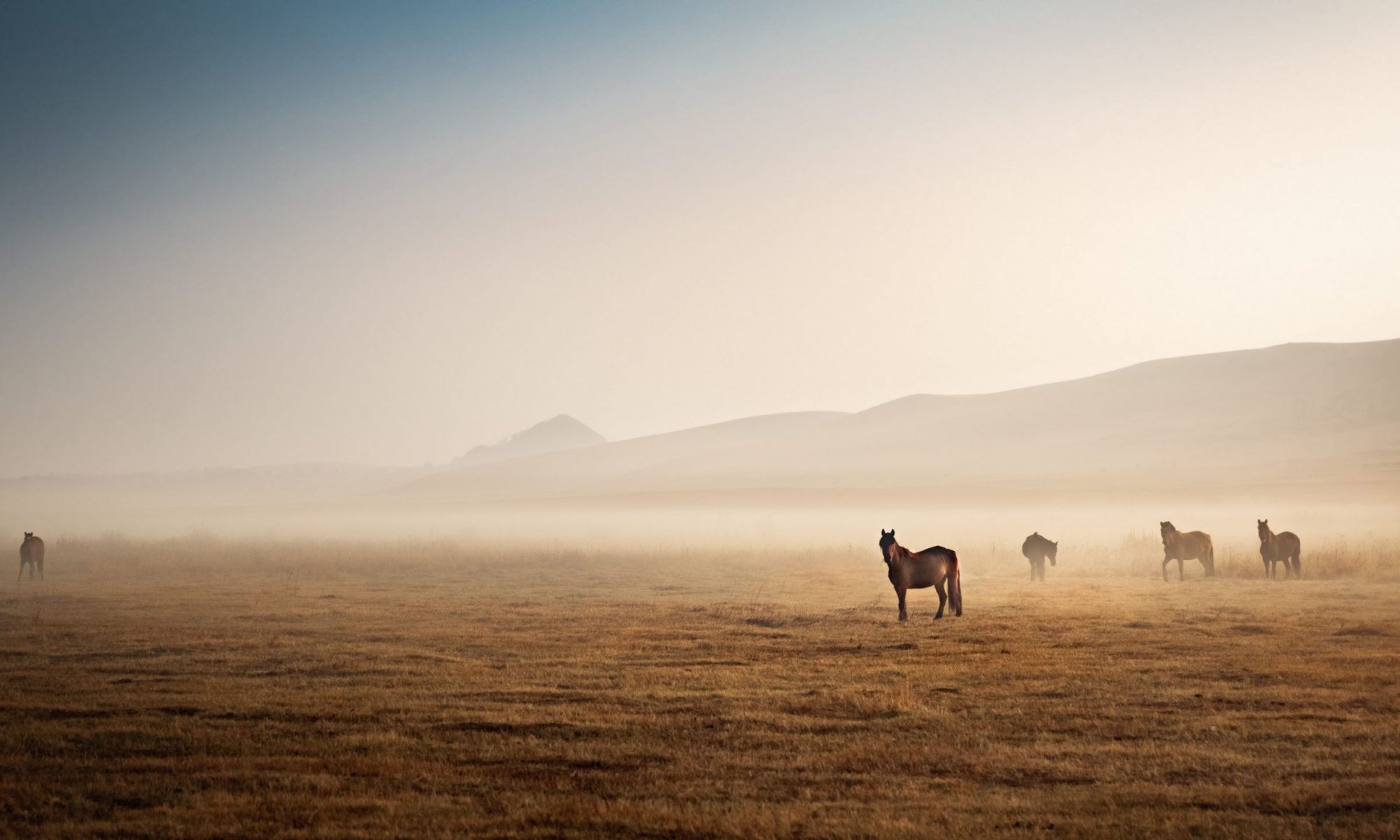The horse world was changed forever by Buck Brannaman. The movie Buck was loved by horsey people and non-horsey people alike. The 7 Clinics With Buck Brannaman DVD set is made up of video footage that was not used in the movie however still had instructional value for those interested. I think I have just about worn my copy out, I have seen it so many times. I still try to practice things I first saw in those DVD’s. It has been approximately 8 years since I first encountered them. Perhaps the best thing I have gained is an improvement in the way I was using my hands. This applies to the reins and the lead rope.
Some in the horse world begrudge Buck for how he does things with horses. I will admit, and he probably would too, that some things he could do better. Although, in terms of sheer feel and skill, particularly with a rope and a green horse, it is hard to top Buck Brannaman. So I appreciate Buck and his success for it has enabled me to learn. I also appreciate that he is a very open and honest teacher, not all of them are. Whilst I now find myself looking more abroad for things to learn from I still keep in mind what Buck showed the world. It doesn’t feel like 8 years but time does fly. I find it incredible that I could have spent so long working at some of these things and still not have mastered them all. As Ray Hunt said: it takes a lifetime to live a lifetime.
